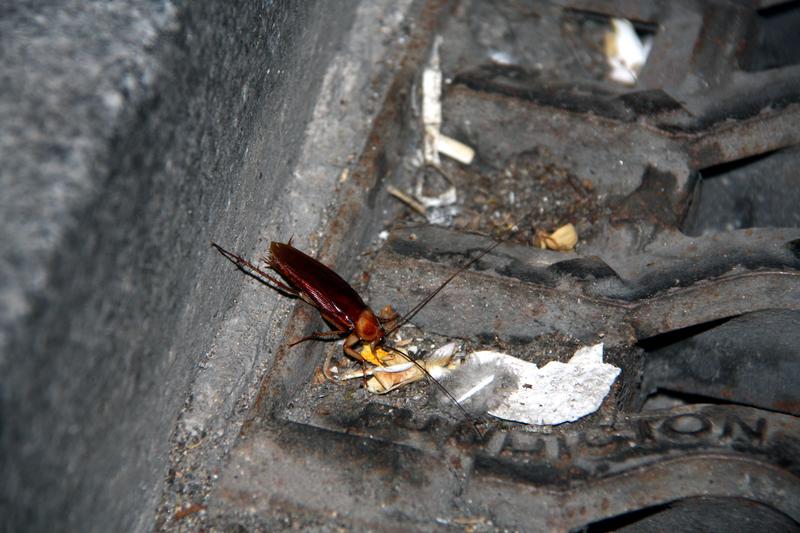Climate change brings summer cockroach plagues earlier
Drought reduced mosquito activity by 45% in Barcelona last year

Climate change and the global rise in temperatures have brought the summer cockroach plagues two months earlier than normal.
Catalan Association of Environmental Health Companies vice president, Andreu García, explained that his organization has been acting for weeks to prevent the proliferation of certain insects such as the tiger mosquito or sewer cockroaches.
In addition, García predicted that "the trend towards de-seasonalization will continue" and warned that climate change has caused the biological cycles of species to accelerate.
Andreu García assured that cockroaches and tiger mosquitoes "will continue to appear strongly this summer."
He explained that although the American cockroach, the brown one, is most common, it is also expected that the black Oriental cockroach will also proliferate this summer.
As for the German cockroach, slightly blonde in colour and smaller than the other ones, García explained that these are more commonly found inside homes, especially in kitchens and where food is eaten.
Mosquitos
On the other hand, the Catalan Association of Environmental Health Companies has indicated that despite the drought, there will be tiger mosquito plagues again this summer.
Garcia said they were detected after the rains in April and May. "The tiger mosquito lives and takes advantage of human activity because even with small amounts of water it has enough to complete its life cycle and reproduce," he pointed out.
As for the common mosquito, its appearance will be dependent on rain, and they will mostly be found in areas where rain falls, while there will also be mosquitoes found near large bodies of water, such as rivers, lakes, or ponds.
In 2023, the drought meant that mosquito activity was reduced by 45% on public roads in Barcelona compared with the year before.
The city's Public Health Agency (ASPB) measures mosquito risks every year and where they can represent a problem, with the main aim of eliminating breeding points and preventing their proliferation.
From April to November, surveillance and prevention are intensified in these spaces and intervention is carried out where activity is detected. However, most breeding grounds are on private property.
New tick affecting Catalonia
A new species of tick has recently been detected in areas on the edges of cities in Barcelona and Tarragona, the hyalomma lusitanicum, which can carry diseases.
Garcia, however, issued a message of reassurance: "Of all the individuals of this species that have been found and analyzed in Catalonia, none were carriers of the Crimean-Congo hemorrhagic fever virus, the pathogen that may be present”.
Future threats
Climate change and globalization have brought or will bring new species of insects to Catalonia that may become pests in the future.
One of the most prominent threats are brown-banded cockroaches, which have already been located in Catalonia. Although infestations are still scattered, it is expected that in the coming years, they will spread.
On the other hand, the Turkestan Cockroach, which although it is not usually found indoors, does live near buildings where they can find shelter.
The yellow fever mosquito, which has been found in Spain, can transmit diseases more than tiger mosquitos and has a greater tendency to enter homes.